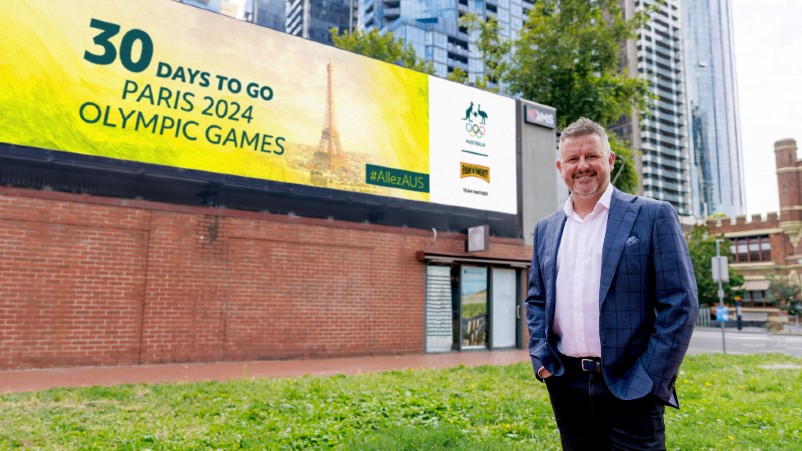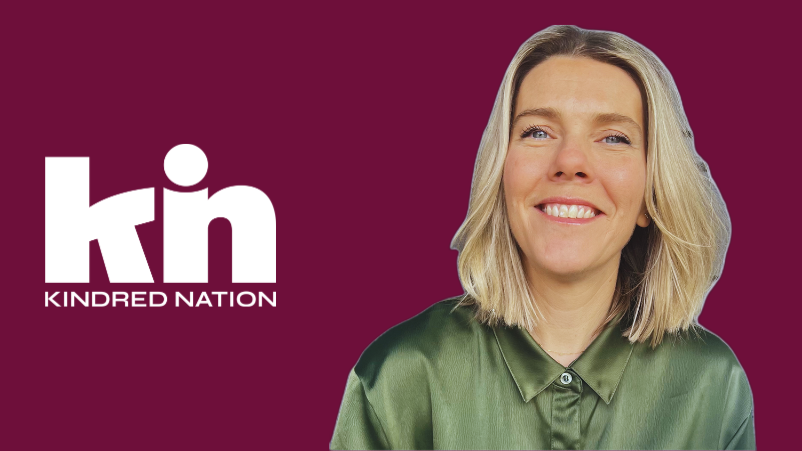UPDATED: 'Bloodshed': Kurt Burnette, Mel Hopkins out as Seven wields knife

Seven shockwave: Ex-CMO Mel Hopkins and ex-revenue chief Kurt Burnette.
Seven has axed between 100-150 staff including three senior executives and overhauled its operating model in a bid to optimise its troubled television business and improve the transition to digital. The cull, which left many "blindsided", comes as Australia's media majors face massive pressure as ad revenues plunge and cash deals with platforms dry-up.
Seven has pulled the trigger on a major round of cuts including three key executive exits to make way for a new operating model that corrals operations under three divisions: Television, digital and Western Australia.
Veteran revenue chief Kurt Burnette is out of the Kerry Stokes-controlled media business, along with chief marketing and audience officer, Mel Hopkins, and head of sport and MD of Seven Melbourne, Lewis Martin. Neither the old guard or new intake – high profile CMO Hopkins joined from Optus in March last year, Burnette is a multi-decade veteran, Martin joined in 1994 – have been spared.
In all, Seven has confirmed between 100-150 people have been made redundant.
The changes made way for a new structure revealed this morning, grouping the ASX-listed group’s operations into three division: Television, digital and Western Australia. Leading the way are Angus Ross as group MD for television; Gereurd Roberts as group MD for digital; and Maryna Fewster continuing as CEO for WA.
Seven has also created a new chief operating officer role, appointing Trent Dickeson to the task. In addition, Craig Haskins has been appointed chief financial officer, filling the gap left by Jeff Howard’s promotion to managing director and CEO. The former CFO took over the reins from James Warburton in May.
“To build a better media business and to make the most of the opportunities ahead of us, we need to change the way we think and operate. That includes changing the way our executive team is structured and how it works together,” said Howard.
Other senior management reshuffling includes appointing Brook Hall as Seven’s chief content officer, and Vikki Friscic as head of sales strategy and enablement.
The restructure comes as all of Australia’s major media businesses face severe pressure, with share prices and market caps crumbling and double digit ad declines per early SMI data. Seven, which is less diversified than the likes of Nine and News Corp, is particularly exposed, but all are facing increasingly hard choices.
Local media companies are also coming to terms with the winding up of bargaining code cash from Meta, which has long indicated that it has no intention of paying to carry news. Seven’s deal was estimated to be worth up to $15m annually and is thought to expire this week.
Other media companies will be mulling next moves, having staffed up (the Guardian) – or in some cases – pocketed the profit (Nine).
As one publisher previously warned three years ago after the first round of Media Bargaining Code payments from tech companies: “The large publishers secured a significant new revenue stream and they have based investment decisions on that. In three years time they will have to gut their businesses if that is no longer available to them. At that point they may be pushing for designation.”
Even so, insiders suggested to Mi3 the media company had been resistant to changes being pushed by at least one of the three senior leaders forced out.
Accountability and transparency across TV, digital profits
With the new structure, Howard's intention is to set up new, accountable and transparent profit centres for Seven's television and digital business units.
"The dedicated, end-to-end digital business unit will make sure we capture all the growth digital is going to deliver. Television and Digital will work very closely with our content teams to ensure we maximise the digital growth opportunity as it develops. We're also appointing a Chief Operating Officer to drive continuous improvement and efficiencies," he said.
Howard also thanked Burnette, Hopkins and Martin, noting the trio represented more than 65 years of experience at Seven.
“It is always very disappointing when such changes have to be made,” he said. “Our focus, however, is on ensuring Seven West Media's structure matches our strategy to optimise television, deliver our digital future, find new revenue streams and manage our costs responsibly."
Howard also acknowledged individual contributions of the departing executives in his statement.
"In his 34 years at Seven, Kurt played a key role in building the best Sales team in the business, leading us to market leading revenue share, and bringing important innovations to market for our clients. He has also championed the industry's adoption of total TV and converged trading, which are critical to our future," Howard continued.
"Across three decades at Seven and most recently as head of sport, Lewis and his team have made Seven the first choice for Australians when it comes to sport on TV, be it AFL, cricket, Supercars, the Olympics, the Commonwealth Games or any of the many other sports across the screens of Seven. They are the reason Seven is Australia's home of sport. Lewis was also a vital part of our work with the Big Freeze and the Royal Children's Hospital Telethon.
"Melissa made a significant difference to the way Seven takes itself to market and how we talk to both viewers and advertisers. In 15 months, she built a new marketing and creative team, led key marketing and brand initiatives and helped refocus Seven as a digital-first business."
The cuts were not completely unexpected, although the choice of executives certainly was.
Seven had signalled that cuts were likely incoming, stating in its half-yearly presentation that it would “act decisively to reduce costs in the event of a protracted soft market” and flagging a $60m cost out program over two years, with $25m falling in the current financial year. The firm also noted H2 costs were anticipated to be to be 4 per cent lower than H2 23.
Warburton in February gave a clear indication of what might be coming before calling time on his tenure.
"We are well progressed on implementing our $60 million cost initiative program and are on track to deliver $25 million this year. We expect FY24 cost growth to be limited to 1-2 per cent," he said. "We will, however, revisit the current cost initiatives program if advertising markets remain weak for the remainder of the year and will act decisively to meet such challenges.”
With less than a week of the financial year remaining, Seven, it seems, has acted decisively.


